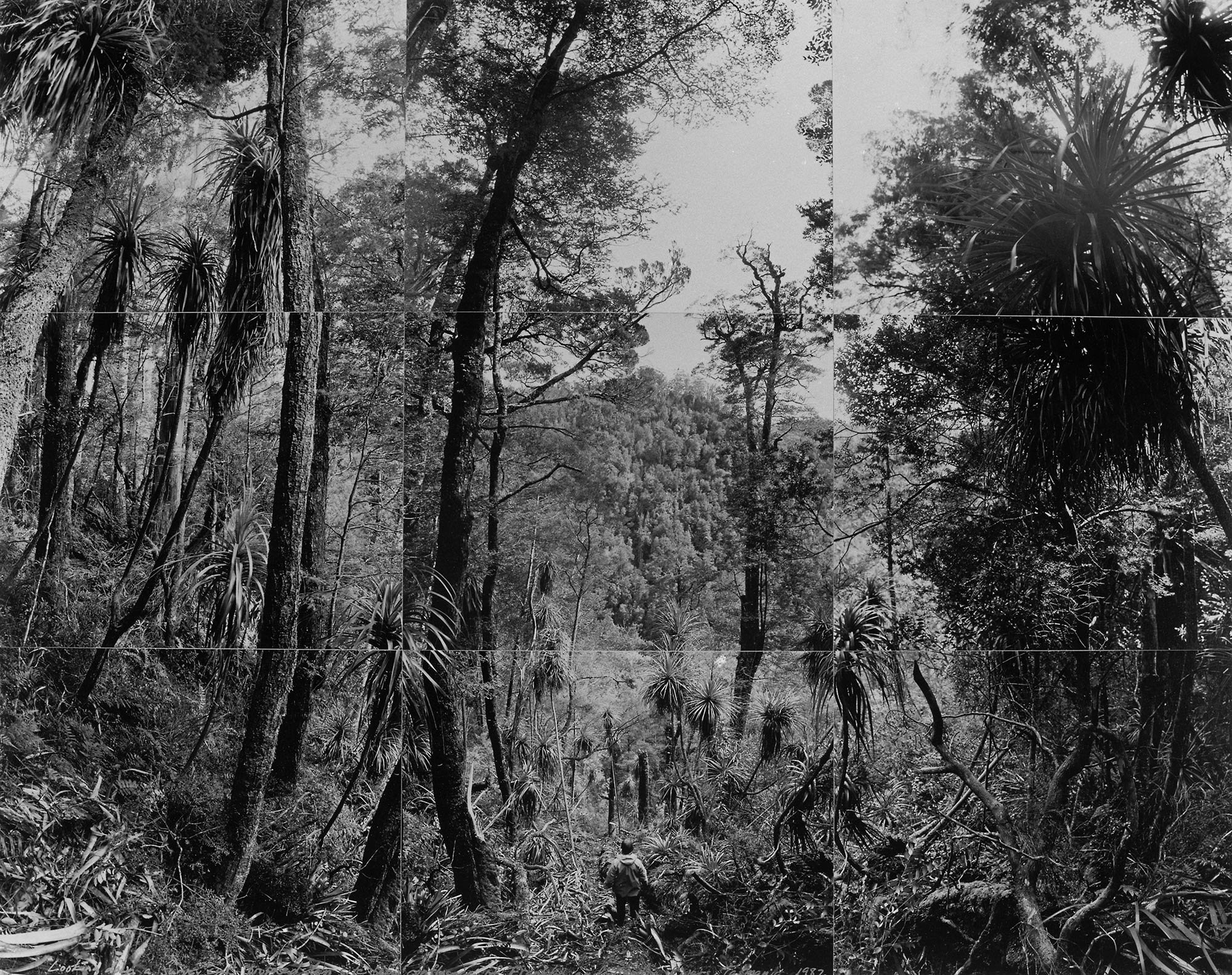Episode 11: David Stephenson on time and the sublime in photography
Season 1 Lutruwita | Tasmania
Episode 11: David Stephenson on time and the sublime in photography
We are in conversation with US-born photographic artist David Stephenson, who received an MFA from the University of New Mexico in 1982 before taking a teaching position at the University of Tasmania’s School of Art. His work has consistently explored the sublime, in relation to his transcendental experience of place.
With an ongoing interest in human interventions in the landscape, David arrived in Tasmania in the lead-up to the Franklin Dam blockade and continues to document Tasmania’s contested places. He also experiments with the different ways the photographic image, and different subject matters, can represent time.
In this episode we cover:
David reflecting on the role of art photography as compared to activism photography in raising environmental awareness,
key projects following his early work, including the Domes and Vaults series, Light Cities, the Derwent Project, and Bone Country.
David shares his evolution from highly descriptive photography to abstract and reductive imagery, influenced by artists like Mark Rothko, Agnes Martin, and the Minimalist Art movement.
A visit to the Pantheon inspired David’s Dome series, which explores human connection and awe, later evolving into his work on the night sky, connecting the two through themes of space, time, and transcendence.
BIOGRAPHY
David Stephenson (b. 1955) received an MFA from the University of New Mexico in 1982 before moving to Australia to teach at the University of Tasmania. He has travelled across the globe for extended photographic and video projects that explore the sublime.
Stephenson’s artwork has been widely exhibited, with solo shows at major museums including the Art Gallery of New South Wales (1993 and 2017), the Australian Centre for Contemporary Art (1994), the National Gallery of Victoria (1998), the Cleveland Museum of Art (2001), the Tasmanian Museum and Art Gallery (2001 and 2017), and commercial galleries in New York, Melbourne and Sydney, as well as hundreds of group exhibitions such as the internationally touring An American Century of Photography: From Dry-Plate to Digital (1994, 1999), Australia: land and landscape, Royal Academy of Arts, London (2013), Perduti nel paesaggio/Lost in Landscape, Museo di Arte Moderna e Contemporanea di Trento e Rovereto, Italy (2014) and Civilization: The Way We Live Now, National Gallery of Victoria (2019).
Stephenson has published two monographs with Princeton Architectural Press, NY (German editions Prestel Verlag): Visions of Heaven (2005) and Heavenly Vaults (2009). A French/English monograph on his work, David Stephenson: Sublime Symmetries was published in 2006 to coincide with a retrospective of his work at the Gulbenkian Cultural Centre in Paris. His latest monograph, Light Cities, was published in 2024 by Hatje Cantz Verlag, Berlin. His work is in many permanent collections including the National Gallery of Australia, the National Gallery of Victoria, the Art Gallery of New South Wales, the Museum of Contemporary Art Australia, the San Francisco Museum of Modern Art, and both the Museum of Modern Art and the Metropolitan Museum of Art in New York.
Stephenson is represented by Bett Gallery, Hobart, Jackson Fine Art, Atlanta and Boutwell Schabrowsky, Munich.
Instagram: @davidstephensonart

